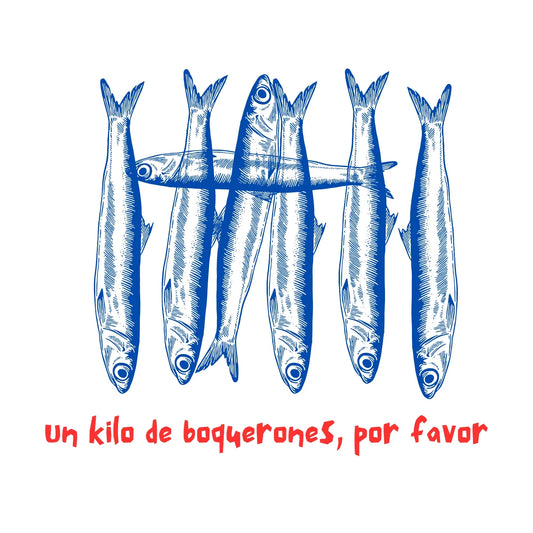The gray whale is a mysticete ("baleen whale" in reference to the bristles in its mouth that it uses to filter water and sediment while feeding). It is the only member of the family Eschrichtiidae. It is a coastal whale. It is found along the west coast of the United States and in the Bering Sea. This whale migrates throughout North America, along the Pacific coast to the Arctic seas. It passes through the lagoons of Baja California, Mexico and the Sea of Cortez.
As a coastal whale, they are easy to spot in the right places. They offer a unique opportunity for observation from land and boat. In some areas of the Pacific, especially where they begin their migration and where mothers give birth, gray whales are very friendly to humans, even allowing themselves to be touched. These whale-watching tourism activities, far from being harmful to the animals, have led to the creation of an industry that provides more benefits than whaling. It contributes to the conservation of the species.
Gray whales have a streamlined body with a narrow, conical head. The upper jaw is highly arched at the tip. It overlaps slightly with the lower jaw. This jaw contains dimples. Each dimple contains a hard, stiff bristle for filtering water and feeding.
T-shirts for Whale Lovers
SEE MORE WHALE T-SHIRTS
The gray whale can be distinguished from other whales by the gray and white patches all along its dark skin. Scratches, scattered patches of white and orange barnacles, and small amphipod crustaceans called cyamids, commonly known as whale lice, are always found on gray whales. The whales' mouths have a series of overlapping plates and bumps. There are 130 to 180 of them, hanging from each side of the upper jaw. These plates are 5 to 25 centimeters long and are made of keratin, the same material that forms our fingernails.

Grey whale, source BBC
The gray whale has no dorsal fin. Approximately two-thirds of its body is a prominent dorsal hump. This is followed by a series of 6 to 12 lobes along the dorsal ridge extending to the flippers. Adult males measure 13.5 to 14 meters. Females are larger. The weight of both is between 27 and 36 tons. Gray whales can stay underwater for up to 15 minutes. Their maximum speed is 10 km/h.
Gray whales feed on small crustaceans such as amphipods and tube worms found in the sediment of the ocean floor. They feed primarily during the summer months in the cold Arctic waters of the Bering and Chukchi Seas. To feed, they dive to the bottom, roll onto their side, and swallow water and sediment from the bottom. When the mouth is closed, both water and sediment are expelled through the baleen, which traps the food near the tongue and is then swallowed.
At 5 to 11 years of age, or when they reach 11 meters in length, gray whales become sexually mature. The gestation period for gray whales is 12-13 months. Their calves weigh about 500 kg at birth and measure 4.5 meters. Both mating and calving take place primarily in the waters of Baja California, Mexico, although they also occur during migration. Mothers are very protective of their young and were called "devilfish" by early whale hunters because of their violent defensive behavior. Their predators include killer whales, which primarily attack calves; in fact, the vast majority of gray whale scars are caused by killer whales.

Grey whale distribution map. Source wikipedia
Gray whales inhabit the shallow coastal waters of the North Pacific. Gray whales make one of the longest migrations of any mammal, averaging 16,000 to 22,000 kilometers round trip. In October, the whales begin to leave their feeding grounds in the Bering and Chukchi Seas and head south to breed and calve, a journey that takes 2 to 3 months. The gray whales stay in this area for a quarter of the year. This allows the calves to build up a thick layer of blubber to help them survive the journey north and keep warm in the colder waters. During this migration it is possible to see mothers and calves in the Strait of Juan de Fuca between Washington State and Vancouver Island, Canada.
Show Your Love for Whales
SEE MORE WHALE SWEATSHIRTS
There were once three distinct populations of gray whales: a population in the North Atlantic, now extinct due to overhunting; another in Korea and the western North Pacific, with very few individuals, also due to hunting; and the population in the northeastern Pacific, the largest surviving population. Gray whales were hunted to the brink of extinction in the 1850s after the discovery of calving grounds, and again in the early 20th century with the introduction of floating factories. The gray whale was granted partial protection by the International Whaling Commission in 1937 and full protection in 1947. Since then, the Northeast Pacific gray whale population has made a remarkable recovery and now numbers between 19,000 and 23,000, probably close to its original population size.

























